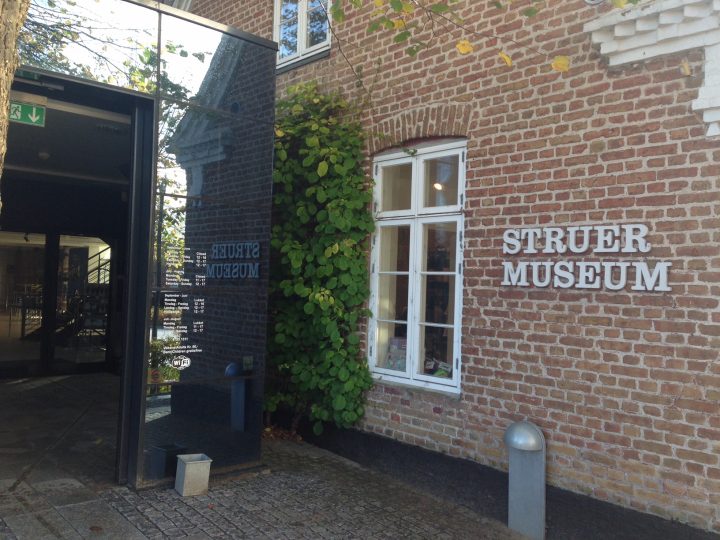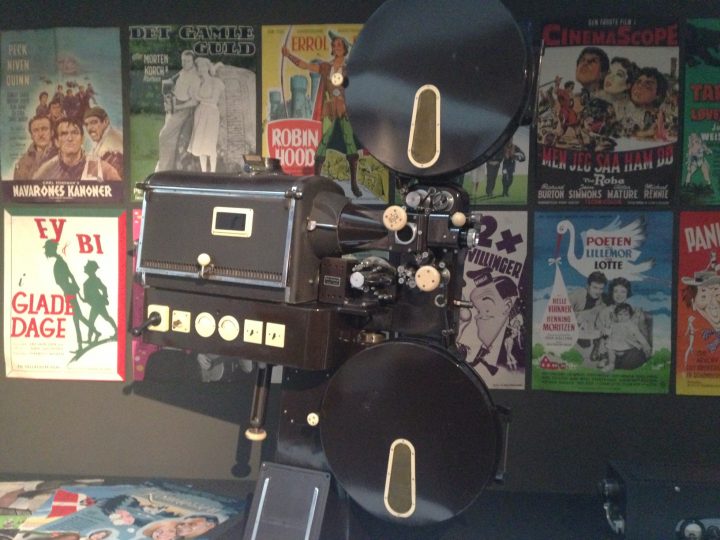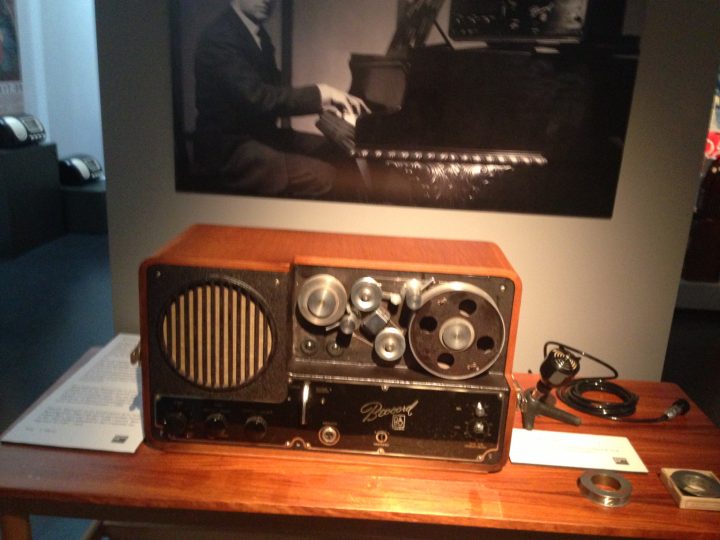In 2013 I was fortunate to have a consulting gig with Bang & Olufsen, in Denmark. Drawing upon that experience, this piece will be partly travelogue, partly the usual brand history, taking advantage of a unique collection of B & O products.
Struer is a small town of 10,000 or so in the Jutland peninsula of Denmark, located about as far away from Copenhagen as one can get and still be in Denmark. The first lesson learned by English-speakers visiting Denmark: those words in Danish may look similar to many words in English, but they are pronounced nothing like you’d expect. “Jutland”, for example, is pronounced something like “Yoolund”, with the last syllable simultaneously spat and hiccupped. There are swallows and gulps and plosives in unexpected places, the effect being like a more laid-back form of German. Sub-lesson #1: don’t ever say that to a Dane. They won’t like the comparison.
The second lesson learned by English-speakers visiting Denmark: nearly everyone speaks English. Thank God.
For an American traveling to Struer, the likeliest route is to fly into Frankfurt, and then take a puddle-jumper to Billund, in Denmark. The reason most folks fly into Billund is to visit the nearby Lego factory and the Legoland resort. Don’t laugh: Lego’s business may be the business of fun, but it’s the world’s largest toy company, with revenues of over $5 billion. With a “b”.
The second reason travelers fly into Billund was my reason: to visit Bang & Olufsen in Struer, about 100 kilometers away. The drive meanders through a pastoral countryside, green meadows filled with herds of spotted cows, boundaries marked by tall fir trees. It was gray and overcast upon my arrival, and it finally hit me why the countryside seemed intensely familiar: it looked just like southern Minnesota, where I grew up.

Aside from the windmills, it could be Minnesota. En route to Struer from Billund.
And that of course begs the question: how did Danes travel halfway around the world to find a place that looked just like home? Very weird.
Bang & Olufsen was founded in 1925 by Peter Bang and Svend Olufsen. One of their first products was a mains-power source for radio sets, designed to eliminate bulky, acid-filled batteries. In the 90+ years since then, B&O has become synonymous with elegant design. Though the factory employs fewer townsfolk than it once did, evidence of the company’s history in Struer can be seen everywhere. You’ll even see old B&O products in shop windows downtown.


…and an old Beocord disc-cutter in another shop window.
Given B&O’s long presence in Struer, it makes sense that the town museum houses a permanent exhibit of Bang & Olufsen products. It’s evident that right from the company’s beginnings, appearance and functionality of products was extremely important. Early products featured ornate detailing, while the ’30’s brought streamlined Deco styling, and even the occasional severe-looking Bauhaus design.






This chrome and leather Bauhaus console was a sales failure—too austere for the market.
Early on, B&O produced a little of everything, including cinema systems including projectors, amplifiers, and loudspeakers with compression drivers and horns.




A beautiful Beocord wire recorder. A step towards the hi-fi era…sorta.
In the next Vintage Whine, we’ll follow B&O’s products into the hi-fi age, and talk more about the company’s history.
[Apologies for the quality of photography: that was a couple of generations of iPhone ago, and the shots are fuzzier than expected. Mea culpa. —-Ed.]

0 comments